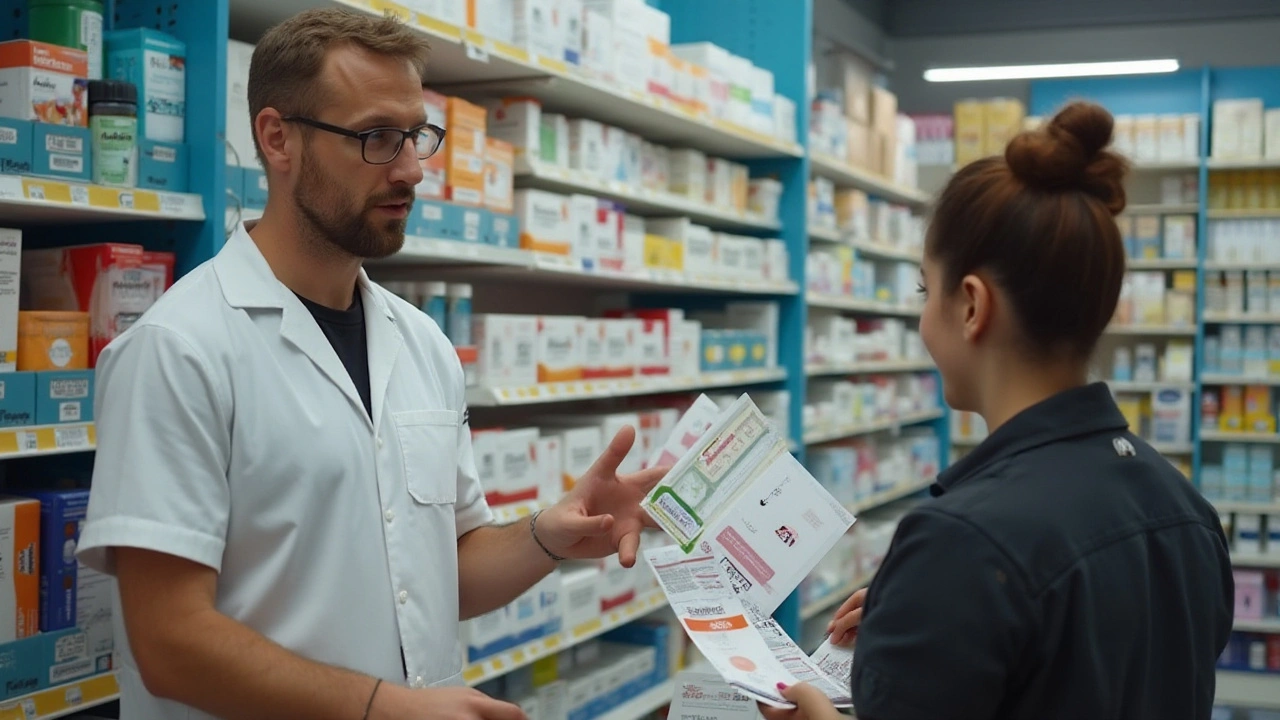Bacterial infections: signs, treatment, and how to avoid them
Bacterial infections happen when harmful bacteria grow in or on your body. Some are mild, like strep throat or a bladder infection. Others can be serious, like pneumonia or bacterial meningitis. Knowing the common signs and what to do fast matters.
Signs to watch for include a fever, localized pain or swelling, redness, discharge from a wound, and a sudden change in how you feel. For respiratory infections you may have a productive cough and chest pain. For skin infections look for spreading redness, warmth, and pus. For urinary infections expect burning with urination and cloudy urine.
Simple steps that help
Wash your hands with soap and water for 20 seconds, especially after using the bathroom, before eating, and after touching shared surfaces. Keep wounds clean and covered until healed. Don't share personal items like towels or razors. Stay up to date on vaccines that prevent bacterial disease, like pneumococcal vaccine for some adults and Hib for children. If you handle food, cook and store it properly to prevent foodborne bacteria.
Treatment basics and antibiotics
Many bacterial infections need antibiotics. If a doctor prescribes one, take it exactly as directed and finish the course even if you feel better. Never use leftover pills or someone else's prescription. Some infections can be managed at home with rest, fluids, and symptom relief; others need urgent care or hospitalization.
Be aware of antibiotic resistance: when bacteria survive due to overuse or misuse of antibiotics, treatment becomes harder. That's why doctors only give antibiotics when they think they'll help. If your symptoms don't improve in 48-72 hours after starting treatment, call your provider.
Know when to get medical help right away: high fever over 39°C (102°F), severe pain, spreading redness or swelling, difficulty breathing, sudden confusion, stiff neck, or vomiting that won't stop. For infants and very old adults, low thresholds for care are important, what seems minor can escalate quickly.
For minor infections, basic self-care matters: rest, fluids, clean dressings on wounds, and over-the-counter pain relief if safe for you. For urinary symptoms, see a clinician — untreated UTIs can move to the kidneys. For skin infections that are growing or forming abscesses, a doctor may need to drain and prescribe antibiotics targeted to the likely bacteria.
Finally, protect others by staying home when contagious, covering coughs, and following your provider's isolation advice. If you work in healthcare or care for high-risk people, report infections early and follow workplace protocols.
If you get a culture or test, follow up. Tests like throat swabs, urine analysis, or wound cultures help choose the right antibiotic. Ask your provider about side effects and interactions with other meds you take. If symptoms return after finishing treatment, come back - sometimes a different drug or longer course is needed. Don't skip follow-up visits.
Want a quick checklist? Wash hands, cover wounds, follow vaccine guidance, take antibiotics only when prescribed, and seek care for red flags. These steps cut your risk and keep infections from getting worse.

Top 7 Zithromax Alternatives in 2024 for Effective Infection Treatment
- by Colin Edward Egan
- on 31 Oct 2024
This article explores seven alternatives to Zithromax, highlighting their uses, benefits, and drawbacks. Each alternative is reviewed for its effectiveness in treating bacterial infections, availability in various forms, and potential side effects. The listed antibiotics, including Amoxicillin and Doxycycline, offer a range of options for those seeking treatments for conditions like respiratory and urinary tract infections. These alternatives provide crucial insights for decision-making in antibiotic therapies.
